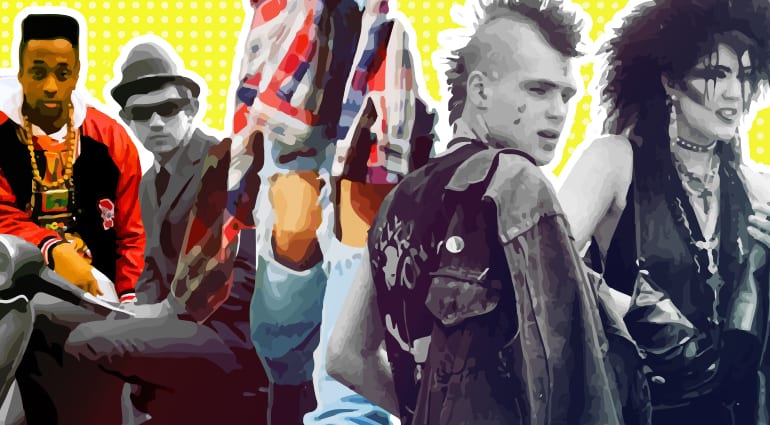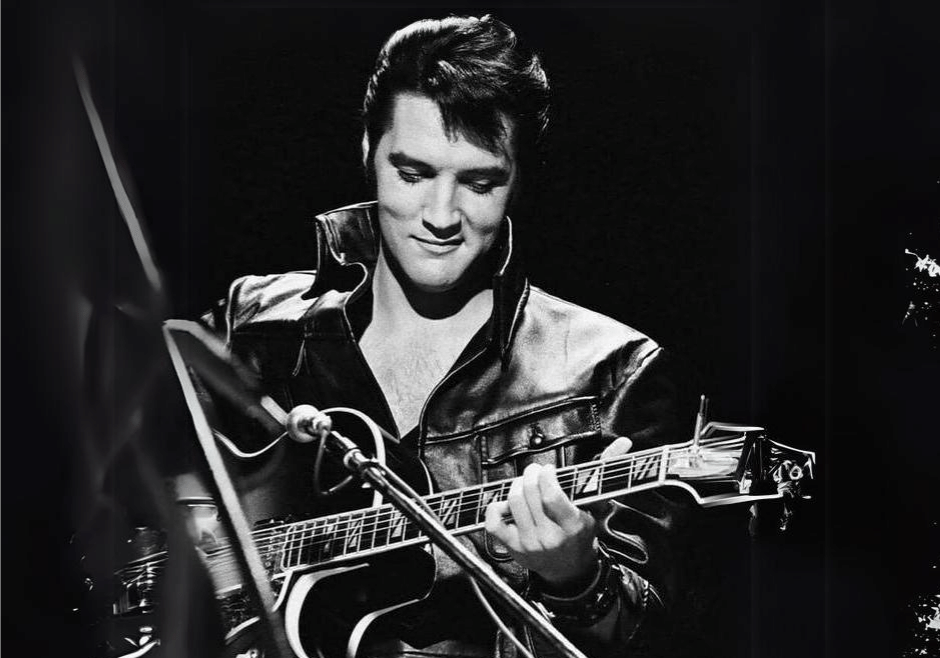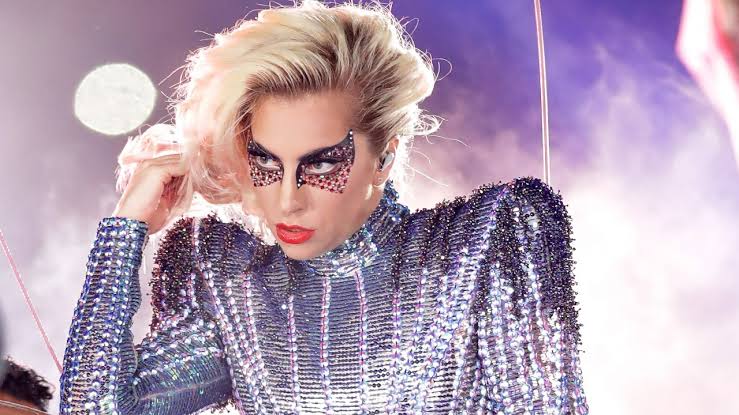Fashion and music have long been inextricably linked, influencing and inspiring one another in an ongoing cycle of creation and innovation. From the extravagant outfits of rock ‘n’ roll stars to the edgy streetwear of hip-hop musicians, fashion has played a critical part in creating the visual identity of music genres and subcultures. Let’s look at the dynamic relationship between fashion and music, specifically how different music genres have affected fashion trends and vice versa.
Rock ‘n’ Roll
Rock ‘n’ roll started in the 1950s as a rebellious and defiant musical genre, and its wardrobe reflected this attitude of nonconformity. Icons such as Elvis Presley and Chuck Berry popularized the leather jacket, tight trousers, and slicked-back hair, embodying rock ‘n’ roll culture’s rough masculinity and rebellious spirit. As the genre matured in the 1960s and 1970s, artists such as The Beatles and The Rolling Stones adopted a more varied and experimental approach to design, embracing colorful psychedelic prints, bell-bottom trousers, and fringe jackets.
Furthermore, the androgynous style of artists such as David Bowie and Mick Jagger called into question traditional concepts of masculinity and femininity, blurring gender lines and influencing a generation of musicians and fashion fans to embrace fluidity and originality in their personal style. In essence, rock ‘n’ roll fashion was more than simply apparel; it was a visual symbol of a cultural revolution—a rejection of conformity and a celebration of uniqueness, innovation, and freedom. Rock ‘n’ roll attire continues to have an impact today, with leather jackets, skinny jeans, and retro-inspired outfits worn by musicians and fashion fans all over the world.
Hip-hop
Hip-hop began as a cultural movement in the Bronx in the 1970s, including music, dancing, art, and fashion. The fashion scene of hip-hop has always been known for its authenticity, originality, and streetwise attitude. Run-D.M.C. popularized Adidas tracksuits, Kangol hats, and gold chains, making sportswear a symbol of urban cool. As hip-hop acquired global success in the 1980s and 1990s, performers such as Tupac Shakur and Notorious B.I.G. adopted a more laid-back and casual style, complete with oversized hoodies, baggy trousers, and Timberland boots. Hip-hop continues to have an impact on fashion trends, with streetwear brands such as Supreme and Off-White teaming with singers and celebrities to create highly sought-after clothing lines.
Punk Music
Punk rock began in the 1970s as a raw and combative response to the era’s mainstream music and culture. Its fashion was distinguished by its DIY mentality, with artists and fans making their own outfits using safety pins, shredded textiles, and vivid prints. Leather jackets ripped trousers, and Mohawk hairstyles became popularized by punk icons such as Johnny Rotten and Sid Vicious, who embodied the anti-establishment attitude and DIY ethos of the genre. As punk matured in the 1980s and 1990s, bands such as The Clash and The Ramones introduced a more polished and styled version of punk fashion, including glam rock and new wave influences.
Pop Music
Pop music has long been associated with glitter, spectacle, and extravagance, and its wardrobe reflects these characteristics. Artists such as Madonna and Michael Jackson pushed the frontiers of fashion with their bold and dramatic ensembles, mixing haute couture, avant-garde design, and futuristic aesthetics into their performances. Madonna’s iconic cone bra and Jackson’s sequined glove became symbols of 1980s pop culture, generating numerous imitations and reinterpretations. As pop music evolved in the twenty-first century, performers such as Lady Gaga and Beyoncé continued to push the frontiers of fashion, incorporating vibrant colors, statement accessories, and avant-garde designs to create visually beautiful and unforgettable performances.
EDM
EDM has gained popularity recently, and its wardrobe mirrors the genre’s futuristic style. Daft Punk and Deadmau5 are recognized for their complex and otherworldly outfits, which incorporate LED lights, metallic materials, and sci-fi-inspired patterns. The dress at EDM events such as Tomorrowland and Ultra Music Festival is distinguished by brilliant colors, varied designs, and body-hugging styles, creating a visually immersive and immersive experience for guests. As EDM evolves and diversifies, its fashion will definitely push creative and innovative boundaries, reflecting the genre’s ever-changing soundscape and cultural effect.
In conclusion, the relationship between fashion and music is a dynamic and ever-changing blend of creativity and expression. From the street style of hip-hop to the rebellious spirit of rock ‘n’ roll, each music genre has its own fashion aesthetic that reflects its cultural and creative values. Musicians and artists have the ability to inspire, challenge, and redefine societal conventions through their bold and inventive dress choices, influencing the visual landscape of music and fashion for future generations. As music evolves and diversifies, so will its impact on fashion, opening up unlimited possibilities for creative collaboration and self-expression at the dynamic crossroads of music and style.



























